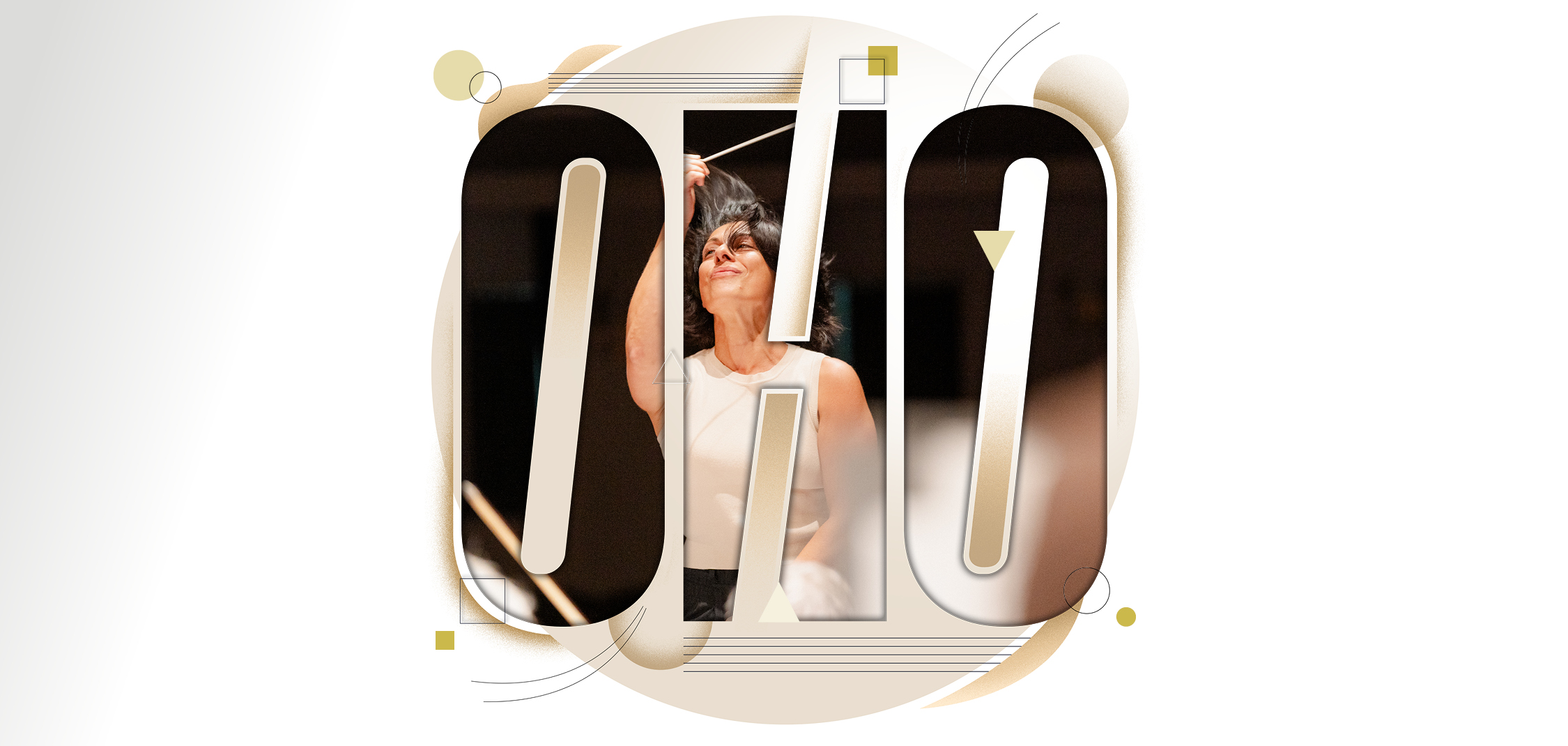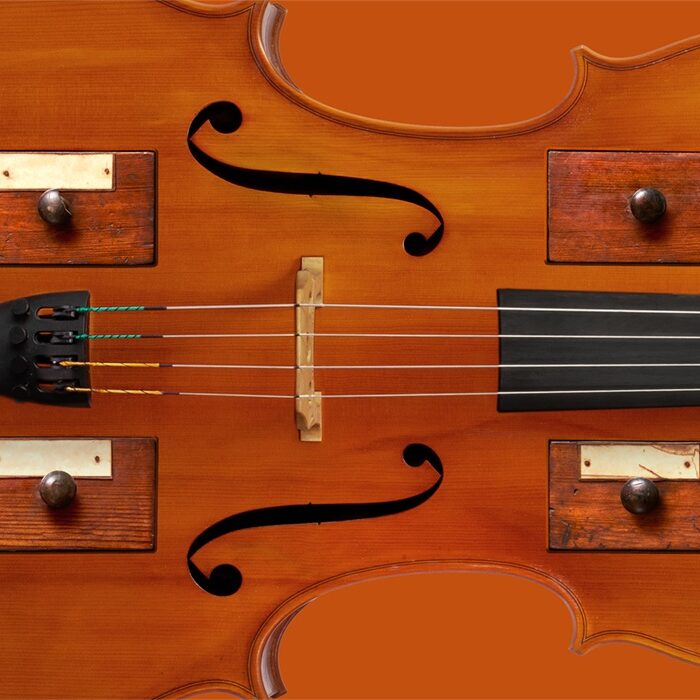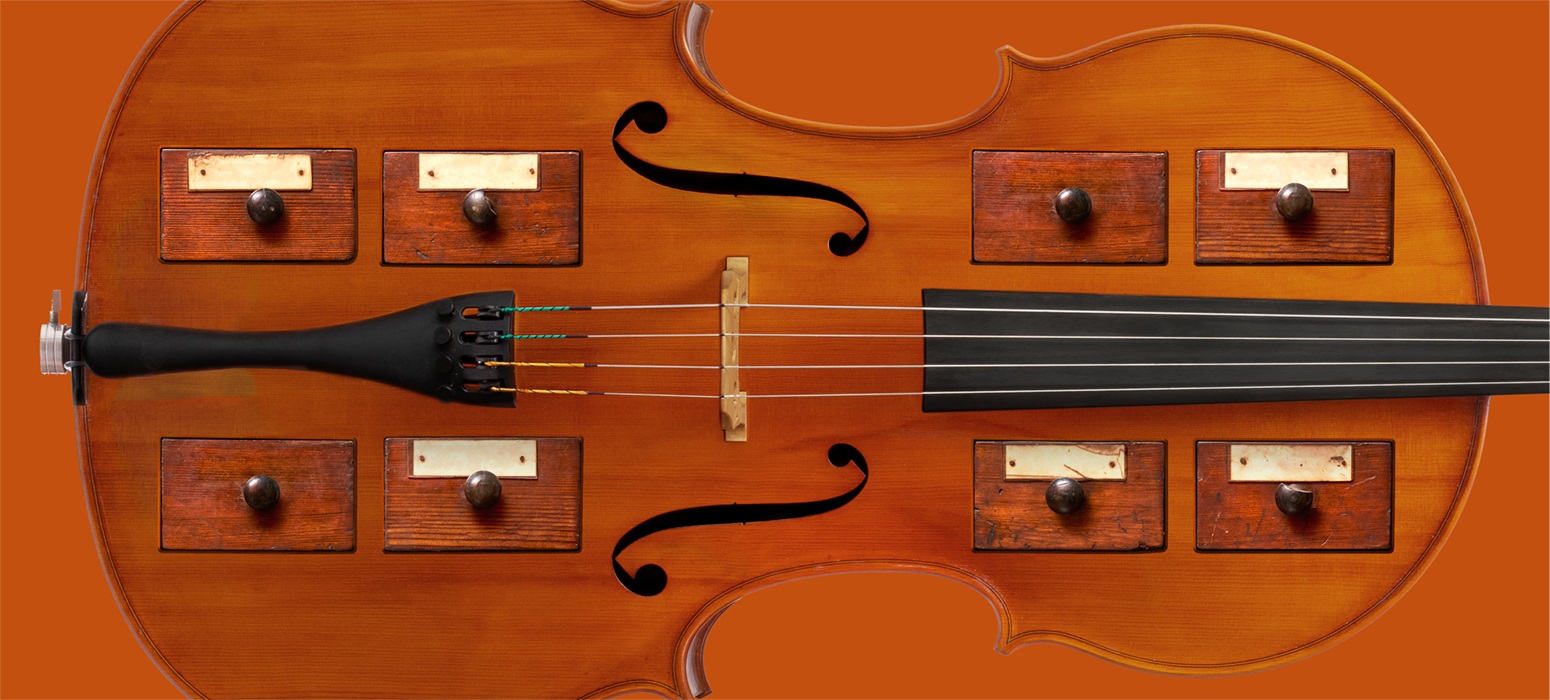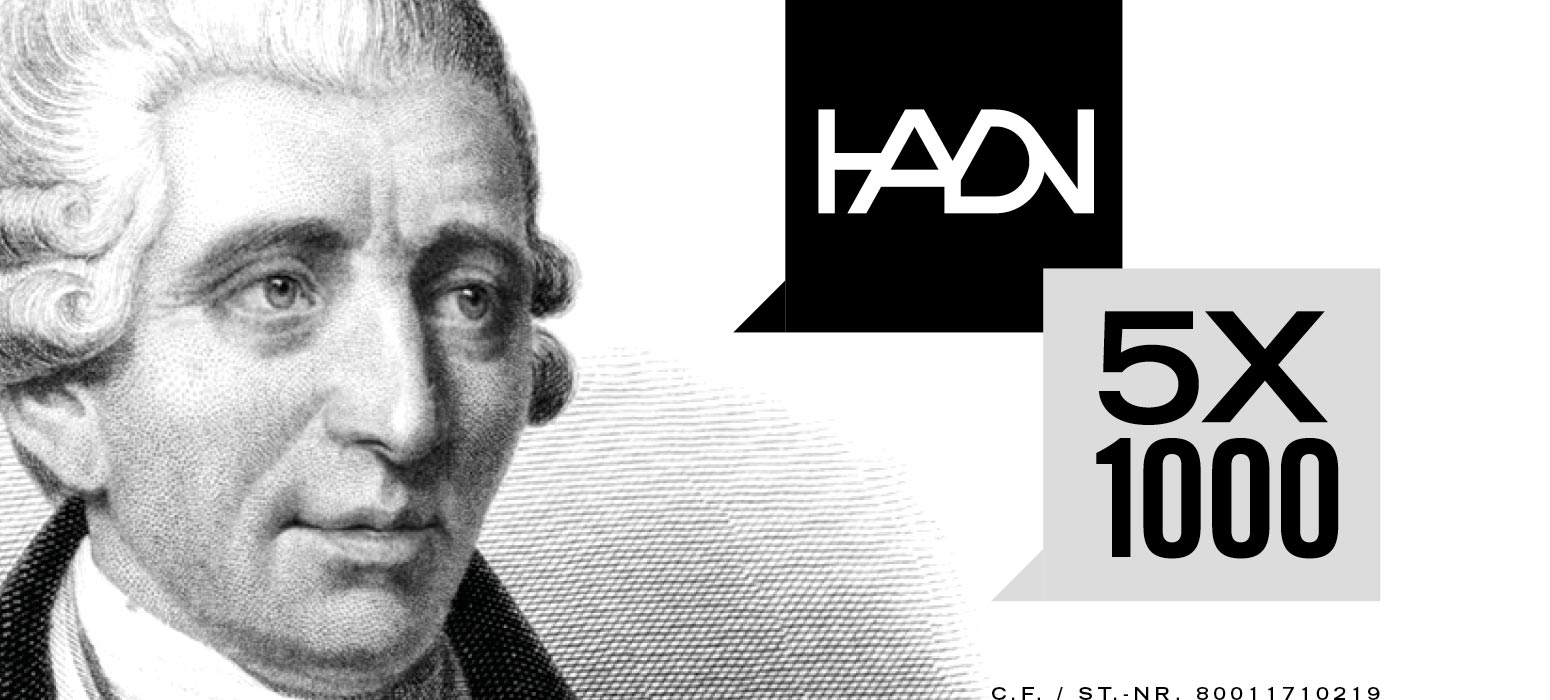A sacred lament that, like the poignant Eia Mater, unfolds almost like an operatic aria:
"Behold the Mother, full of sorrow, standing beneath her Son’s cross with a shattered heart: oh, how her heart trembles, how it breaks, as the sword of divine judgment pierces her soul!"
This is how Christoph Martin Wieland translated the 13th-century Latin Stabat Mater in 1779. Antonio Vivaldi’s musical setting of this central scene from the biblical Passion, composed in 1712 as a commission for the Chiesa di Santa Maria della Pace in Brescia, remained forgotten in archives for over two centuries after his death. It was only rediscovered and performed again on September 19, 1939, by the Accademia Musicale Chigiana in Siena.
Unlike Pergolesi or Alessandro and Domenico Scarlatti, Vivaldi set to music only the first five double stanzas of the medieval text, thus covering just the first half.
The Haydn Orchestra’s Easter Concert opens with a String Symphony that Felix Mendelssohn, at just twelve years old, composed for private concerts at his family home in Berlin. The program concludes with Antonín Dvořák’s radiant Serenade for String Orchestra, premiered on December 10, 1876, in Prague.





